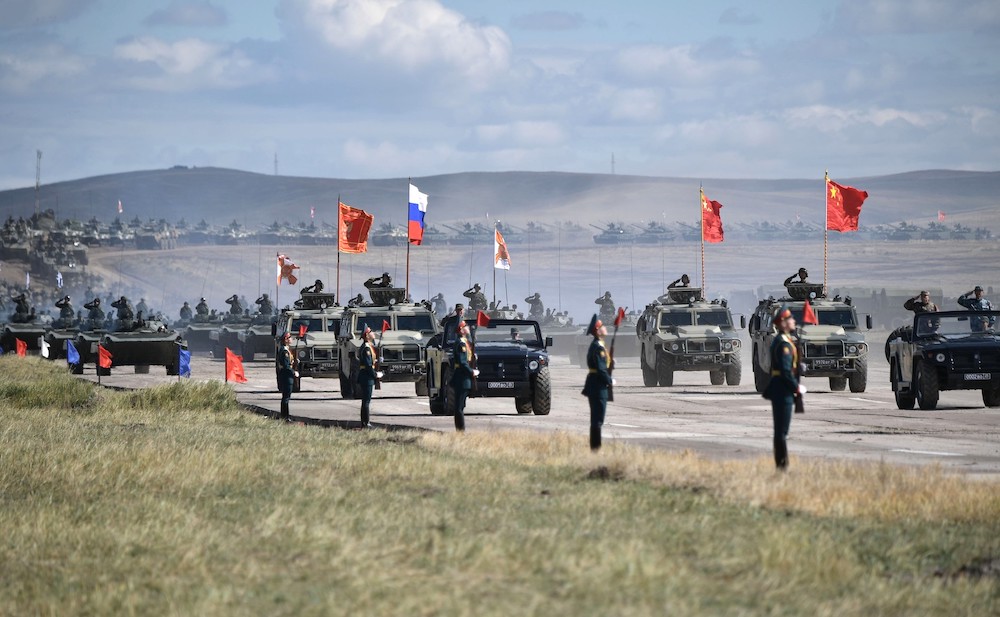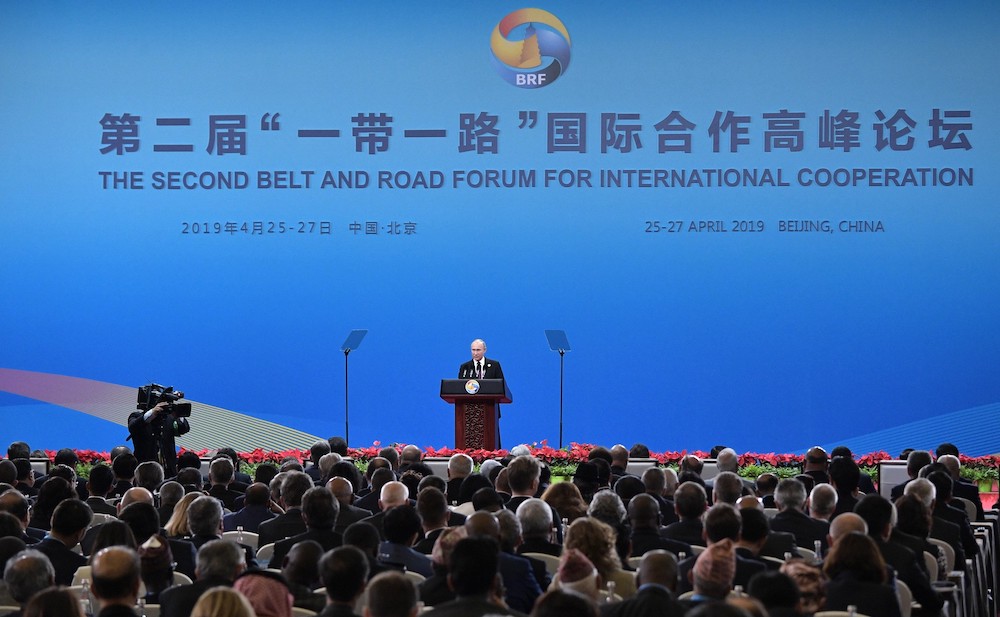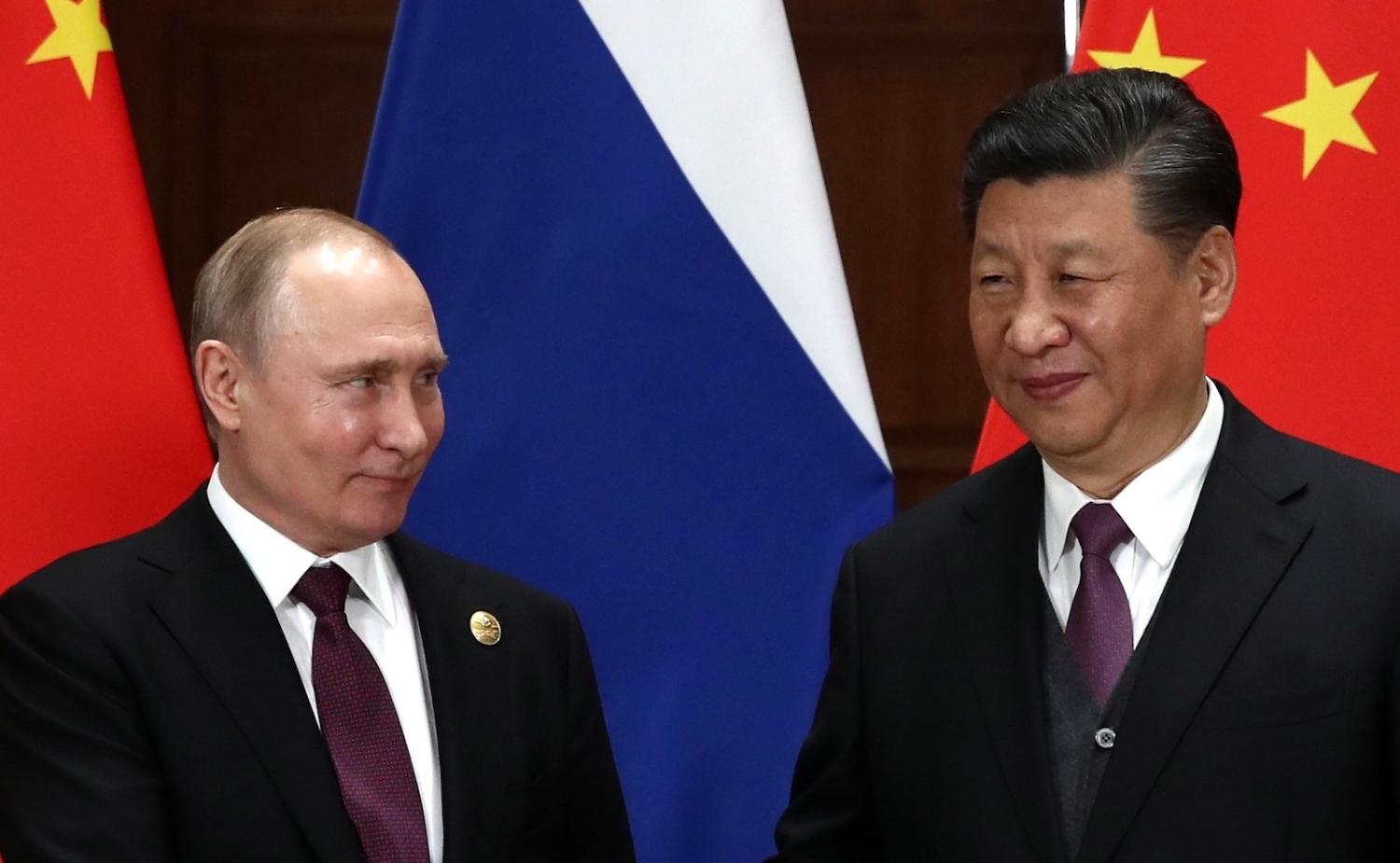Too often, the past is mistaken as a guide for the future, rather than as lesson from which to avoid making the same mistakes. Take the relationship between China and Russia as an example.
Too often judgements about the decisions of Russian and Chinese politicians are clouded by stereotypes of the “primordial distrust”.
Back in the days of the Cold War, before the West’s short-sighted conceptions about the “End of History”, the two Communist powers famously fell out. That experience has led to a widespread consensus in the West that the modern-day ties between Beijing and Moscow remains an uneasy alignment, with an assumption of a near-irrational mistrust between Russia and China. But this amounts to an attempt to apply 20th century answers to 21th century questions. Instead, the Sino-Russian partnership has benefited after learning the lessons of the past.
This strategic partnership between China and Russia is now complex and robust, creating a blueprint for how major powers can cooperate while simultaneously pursuing individual and mutual interests. This has followed a natural progression influenced by the experience at the Cold War and its aftermath. Several key documents underpin the relationship and are illustrative of a long term strategic goal, namely the 2001 “Treaty of Good Neighbourliness and Friendly Cooperation” and the earlier 1997 “Joint Declaration on a Multipolar World and the Establishment of a New International Order”.

Too often judgements about the decisions of Russian and Chinese politicians are clouded by stereotypes of the “primordial distrust” that supposedly influences them, leading to a belief that pragmatic tolerance of one another is the best the two nations could aspire to. What is ignored or misunderstood is that Russia and China have a keen understanding of globalisation and the developmental needs of the vast multicultural and multiethnic Eurasian landmass that together they hope to integrate.
This was on display in a speech at the Belt and Road Forum for International Cooperation held in Beijing last month, when Russian President Vladimir Putin noted to a range of international guests that they must find a way to respond to “a fragmented global political, economic and technological landscape”. He also referenced a level of Sino-Russian integration that goes well beyond pragmatism, with Russia looking to assimilate its Eurasian projects with the Belt and Road initiative and to “integrate integration frameworks” This builds on the “Agreement on trade and economic cooperation between the Eurasian Economic Union and the [People’s Republic of China]”, which comes into force this year.

What this demonstrates is the leadership of Russia and China understand stability won’t exist unless it is mutual, and that only good relations can provide this outcome. Barring a rapid and unexpected change in leadership, we are unlikely to see a repeat of the 1950–1960 tensions between Russia and China. It also helps that China’s Xi Jinping and Putin are close friends, actively working together on major issues. This may sound unusual, but it has played a role in strengthening cooperation, particularly in the area of energy diplomacy.
Despite this, a formal alliance is not on the cards, and nor should it be seen as a test of the relationship. Russian and Chinese policy-makers routinely reiterate that a strategic partnership is what they aspire to maintain. An alliance would be costly, unnecessarily complicated, and ultimately force the parties to become overly-involved in each other’s individual interests.
In the face of a clear aversion to the limiting features of an alliance, it seems puzzling that so much analysis and commentary continues to focus on the inability of these two powers to enter one. There is no desire for an alliance, and indeed, the practical alternative is clearly stated in the Treaty of Good Neighbourliness and Friendly Cooperation:
The contracting parties shall energetically promote the consolidation of stability of the surrounding areas of the two countries, create an atmosphere of mutual understanding, trust and cooperation, and promote efforts aimed at setting up a multi-lateral co-ordination mechanism …
This should provide important context for understanding events such as joint military exercises, including last year’s Vostok 2018. This exercise was not indicative of a shift towards a new era in Sino-Russian relations, but rather an adherence to previously stated aims – again, as can be seen by drawing on the treaty:
When a situation arises in which one of the contracting parties deems that peace is being threatened and undermined or its security interests are involved or … the contracting parties shall immediately hold contacts and consultations in order to eliminate such threats.
In this case, the perceived threat is the encroachment of NATO and other US-led forces into Eurasia.
The level of collaboration between Russia and China witnessed in each new exercise and summit should be seen as a signals that the assumption of “profound mutual distrust” between these nations is outdated. What is instead occurring is the confident application of the 1997 declaration on a multipolar world:
profound changes in international relations have taken place at the end of the 20th century. The Cold War is over … A positive trend towards a multipolar world is gaining momentum.
Put another way, the reality is that China and Russia see their partnership as “united by strategic, long-term interests” and designed to withstand short-term turbulence. The alignment is focused on seeking “equal footing with all other States” and on changing what is seen to be an unfair and subsequently failing world order. The mechanisms for enacting this change have been in motion and accelerating for some time, and to continue to wilfully misunderstand and underrate them would be a historic mistake.

